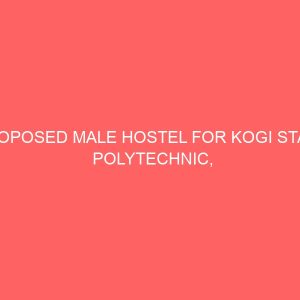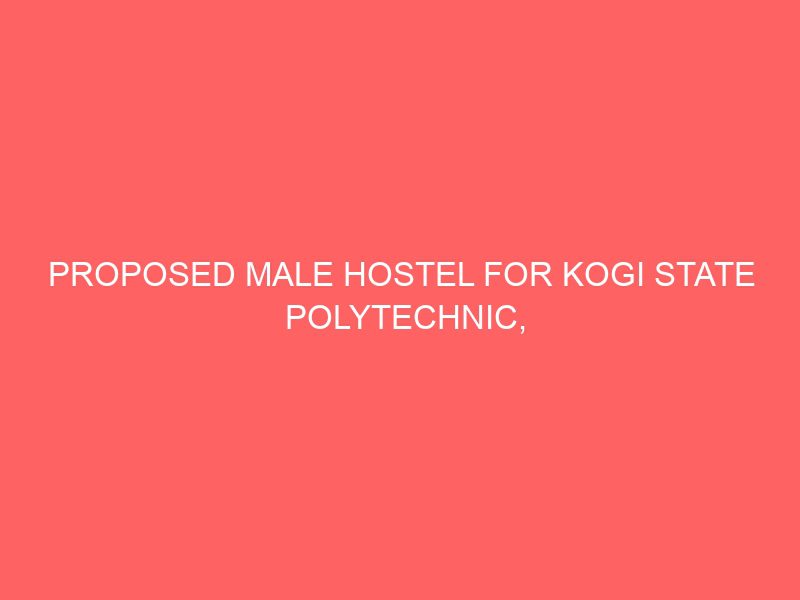Description
Abstract
Architectural designs are aimed at archiving or fulfilling the users’ basics needs and aspirations. But users basics needs and aspiration of space are not always the same but varies with some factors like educational status, family status, gender, age, occupation, demographic structure, income. When dwelling no longer satisfies the user’s space needs, the users can either move or adjust the space to best suit them. As a result of the change in lifestyles and statues of people, the diversity of accommodation user requirements is increasing and asking for more flexible solutions. This research is to study the different strategies of archiving spatial flexibility and how it can be applied in male hostel design to cater to the different spaces needed for the male hostel design for Kogi state polytechnic Lokoja. The primary and secondary data collection methods were used for the purpose of this study. Case studies were conducted on building designs (hostel design) that spatial flexibility has been applied in other to understand the strategy applied as well as the efficiency of the designs. Reviews of literature, oral interviews as well as personal observations were also helpful in extracting the basic information needed. Studies have shown that there are different strategies for archiving spatial flexibility in buildings (hostel). This study, therefore, will help alleviate the problem of student accommodation with respect to the flexibility of space in the hostel for Kogi state polytechnic male students. Thus, giving them the enabling accommodation that would facilitate learning in all fields.








Reviews
There are no reviews yet.